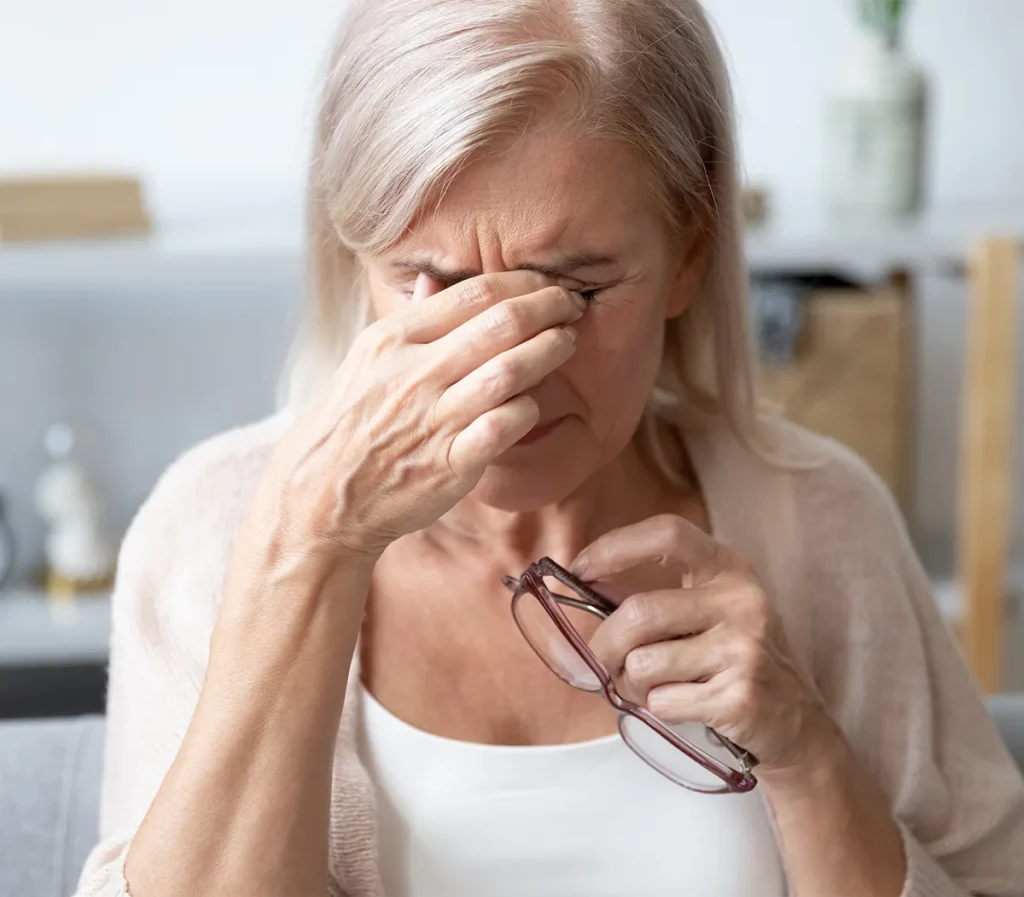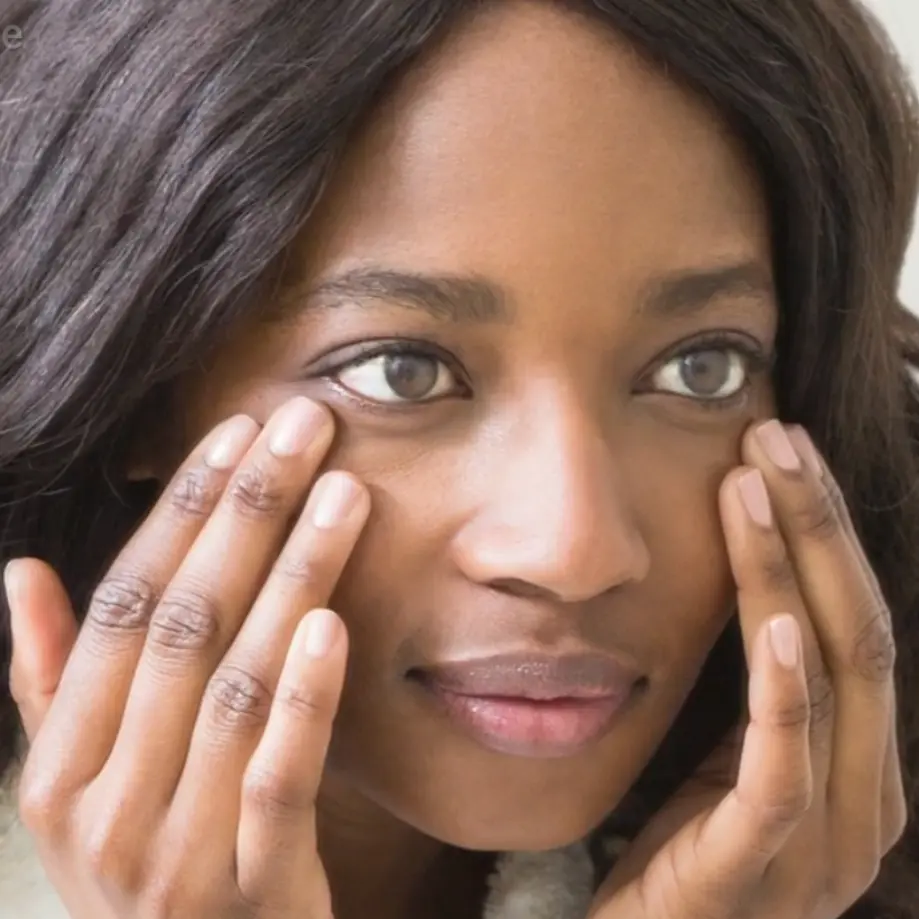
Fuchs’ Dystrophy
Fuchs’ dystrophy is the gradual deterioration of the endothelial cells located on the innermost layer of the cornea.
The endothelial cells, called pumper cells, help remove excess fluid from the cornea. As the endothelial cells deteriorate, fluid begins to build up in the cornea resulting in distorted vision, swelling and pain. Once endothelial cells are lost, they do not grow back.
What Causes Fuchs’ Dystrophy?
The exact cause of Fuchs’ dystrophy is unknown, but is believed to be a combination of the following factors:
- Hereditary
- Hormonal
- Inflammatory

Risk Factors For Developing Fuchs’ Dystrophy
Fuchs’ dystrophy is an inherited eye disease that affects people later in life, usually between the ages of 50 and 60. Fuchs’ dystrophy is more common in women than men and usually affects both eyes.
What Are The Symptoms Of Fuchs’ Dystrophy?
Symptoms do not usually appear until the patient is 50 years of age and older. Patients with Fuchs’ dystrophy may experience blurry vision in the morning as the first sign of this condition. Blurry vision occurs as a result of fluid accumulating in the cornea while the patient is asleep. As the fluid evaporates during the day, vision will improve. Other symptoms of Fuchs’ dystrophy may include:
- Sensitivity to bright lights
- Dark spots on the endothelium
- Halos around lights
- Blurry morning vision which clears over time
- Poor night vision
- Sharp pains in the eyes
- Blisters on the eyes
- Cloudy cornea
- Sandy, gritty sensation in the eyes
- Fluctuating vision

Diagnosing Fuchs’ Dystrophy
Diagnosis of Fuchs’ dystrophy is confirmed by a doctor with the following tests:
- Slit lamp examination
- Pachymetry
- Specular microscope examination
- Visual acuity test
Fuchs’ Dystrophy Treatment Options
While there is no cure for Fuchs’ dystrophy, there are several treatment options available to help relieve the symptoms of this condition and to prevent permanent damage. In its early stages, Fuchs’ dystrophy can often be treated with some of the following methods:
- A salt solution to remove excess fluid from the eye and reduce swelling
- Evaporating the excess fluid in the cornea by holding a hair dryer at arm’s length and blowing the air towards the face
- Directing warm dry air vents, in a car, towards the face
These methods are often successful in temporarily improving vision during the early stages of Fuchs’ dystrophy.
In its more advanced stages, Fuchs’ dystrophy may begin to interfere with daily activities and prevent patients from functioning normally. In this stage, the focus of treatment is on relieving the symptoms and the pain that is associated with the condition. Treatment options available to patients include:
- A corneal transplant
- Surgery to create flaps over corneal sores
- The use of soft contact lenses
Schedule an Appointment
Contact us to schedule an appointment.
The doctors at Cincinnati Eye Institute have either authored or reviewed the content on this site.




















































































